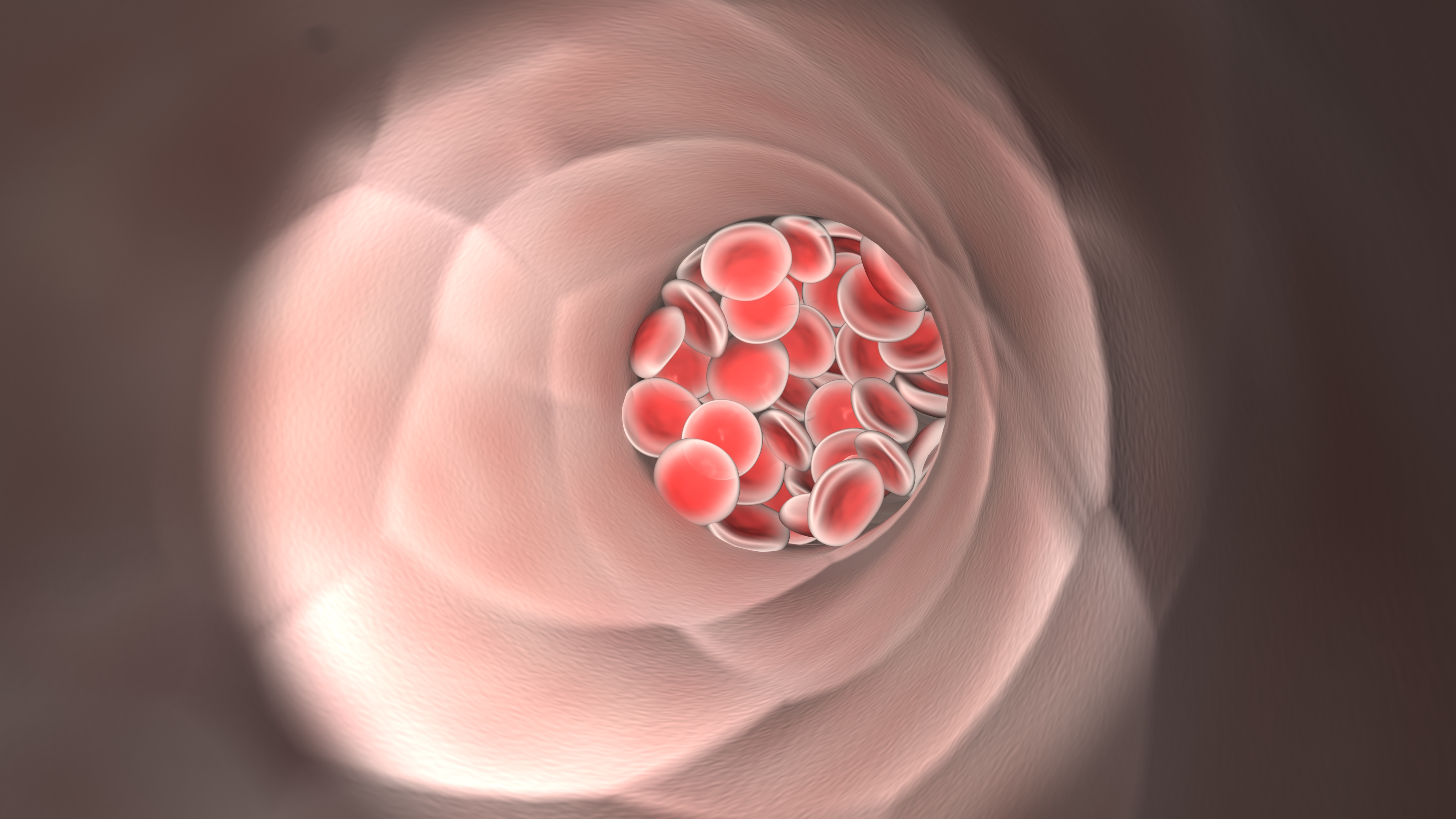Poor SSc-PH-ILD Prognosis May be Linked to Pulmonary Veno-occlusive Disease
Written by |

A high prevalence of pulmonary veno-occlusive disease (PVOD) in systemic sclerosis (SSc) patients with pulmonary hypertension associated with interstitial lung disease may explain the poor prognosis observed in this patient group, according to a new study.
The study, “Pulmonary veno-occlusive disease is highly prevalent in scleroderma patients undergoing lung transplantation” was published as an editorial letter in the journal ERJ Open Research.
Between 10 and 12 percent of patients with SSc develop pulmonary hypertension (PH), which is one of the leading causes of mortality among SSc patients.
According to a previous study on SSc patients with PH, 21 percent of the cases are associated with interstitial lung disease (SSc-PH-ILD). The condition is a strong predictor of mortality, even when compared with SSc associated with pulmonary arterial hypertension (PAH), which is a subtype of PH with poor prognosis.
PVOD is another rare condition causing PH that, according to previous studies, is linked with PAH. Although PVOD is clinically similar to PH subtypes, like idiopathic PAH (IPAH), it has a worse prognosis.
The prognostic similarity among PVOD, SSc-PH-ILD, and SSc-PAH, together with the reduced PAH treatment response observed in these patients, led researchers to hypothesize a link between the two scleroderma conditions and PVOD.
To test the hypothesis, researchers collected data from PH patients who had undergone lung transplants between Jan. 1, 2007, and Oct. 1, 2013, to identify the presence of PVOD.
Lung-transplanted patients without SSc who had IPAH or PVOD served as controls.
Researchers analyzed pathological slides from the lungs of patients, and characterized PVOD as absent, mild, or moderate-severe. PVOD was defined based on structural changes in lung-associated veins, capillaries, and arteries. Lung inflammation and damage (related to pneumonia or emphysema) were also assessed.
Eighteen of 24 transplanted SSc patients fulfilled the criteria for the study. They all had SSc-PH-ILD, and of these, nine patients had mild PVOD, and six had moderate-severe PVOD.
Although not significant, the study showed a trend suggesting that limited cutaneous SSc patients had 10 times the chance of having moderate-severe PVOD, compared with diffuse cutaneous SSc patients.
Patients with mild and moderate-severe PVOD had significantly lower diffusing capacity of the lungs for carbon monoxide (a parameter of lung function) compared with controls (54.6, 56.6, and 90.6% predicted, respectively). These results indicated that SSc-PH-ILD patients with PVOD had worse oxygen transport between the lungs and blood than non-PVOD patients.
Researchers next assessed the presence of plexiform lesions, which are small “ball-formed” blood vessel formations on narrowed arteries of PH patients. Interestingly, they found no plexiform formations — a hallmark of IPAH, but absent in PVOD — in the SSc-PH-ILD patients.
Overall, the “study suggests that there is a high incidence of PVOD in patients with SSc-PH-ILD,” the researchers said, adding that “PVOD may be an unrecognized contributor to the dismal prognosis of these patients.”
Considering the poor prognosis linked with SSc-PH-ILD, and the unresponsiveness to vasodilating PAH therapy, the team suggested that “early transplant referral should be considered in these patients as they are refractory to pulmonary vasodilator therapy.”
The team also noted that further genetic profiling, determining known PVOD-associated genetic mutations, may better confirm PVOD status in patients with SSc-PH-ILD.





